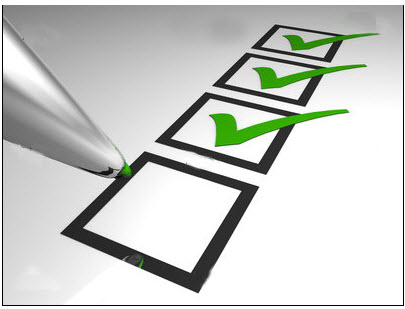Socio-economic disparities among Israeli students remained largely unchanged in 2014-2015, according to a study made by the Education Ministry, with its publication on Tuesday, November 17, of a report analyzing nationwide standardized testing carried out from March through May of this year. However, the ministry also said the number of Hebrew-speaking students committing larceny and vandalism was on the rise.
According to the report, disparities between students from different socio-economic backgrounds narrowed in 2014-2015 among Hebrew-speaking fifth-graders in two criteria: first-language proficiency and English. For all other criteria gaps increased both among Hebrew- and Arabic-speaking students.
Among the findings published in the report was that Hebrew-speaking eighth-graders outperformed their Arab counterparts on core curriculum subjects: native-tongue proficiency, mathematics, English and science/technology. While the disparity here has increased, it has decreased among fifth-graders. The ministry said the increasing gaps between Arab and Jewish pupils in the review period did not reflect the overall convergence which has been discerned in recent years. The statement released by the ministry added that other measures show drastic improvements and that in some cases the Arabic-speaking students outperformed their Hebrew-speaking counterparts. According to the report, about half of all pupils use private tutors.
Among Hebrew-speaking students, there was a more pronounced rise in vandalism and larceny-related crimes among junior high and high school students than among elementary school students. In the Arabic-speaking population, there was a drop in violence (including verbal violence), vandalism and misbehavior in class.
Some 66% of fifth- and sixth-graders said they felt the faculty in their schools cared for their well-being. This figured dropped to 48% among students in seventh and eighth grades and 42% among those in grades 10 and 11. The tests were carried out in 749 schools, which amount to a third of Israel’s elementary schools and middle schools, comprising 2,319 classrooms and 58,941 students.



